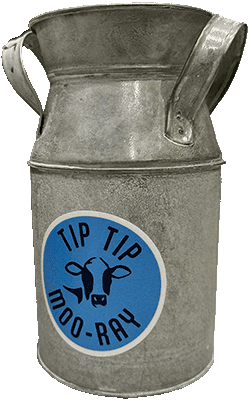California Governor Gavin Newsom has signed AB1264, a law that will phase out ultraprocessed foods from school lunches over the next ten years. This ban is the first of its kind in the USA, initiating a rollout that will come into effect starting in 2028 and completing in 2032.
This act comes one month after California enacted PFAS bans in consumer products, while the current federal government will delay regulations on PFAS and exempt polluters. As usual, The Golden State is leading our nation against the effects of sloppy industrial interests who make us sick and pollute our environment.
Real Food, Healthy Kids Act
Ultraprocessed food is defined in the bill as follows. California Assembly Bill No. 1264:
104662. (a) For purposes of this article, the following definitions apply:
(1) “Restricted school foods” means a food or beverage product that is not listed in subdivision (b) of Section 104661, that contains one or more of the substances specified in paragraph (2) of subdivision (a) of Section 104661, and that is restricted from service or sale in schools, as defined by the regulations adopted by the department consistent with this section.
(2) “Ultraprocessed food of concern” or “UPF of concern” means a food or food product that is an ultraprocessed food, as defined in Section 104661, that is of concern, as determined by regulations adopted by the department consistent with this section.
(b) (1) On or before June 1, 2028, the department shall adopt regulations to define ultraprocessed foods of concern and restricted school foods that consider all of the following factors:
(A) Whether the substance or group of substances are banned or restricted in other state, federal, or international jurisdictions due to concerns about adverse health consequences.
(B) Whether the products include or require a warning label in other state, federal, or international jurisdictions due to concerns about adverse health consequences.
(C) Whether, based on reputable peer-reviewed scientific evidence, a substance or group of substances are linked to health harms or adverse health consequences, including, but not limited to, any of the following:
(i) Cancer.
(ii) Cardiovascular disease.
(iii) Metabolic disease.
(iv) Developmental or behavioral issues.
(v) Reproductive harm.
(vi) Obesity.
(vii) Type 2 diabetes.
(viii) Other health harms associated with UPF consumption.
(D) Whether, based on reputable peer-reviewed scientific evidence, a substance or group of substances may be hyperpalatable, or may contribute to food addiction.
(E) Whether the food has been modified to be high in saturated fat, added sugar, or salt.
(F) Whether the food meets the requirements of the United States Food and Drug Administration’s final rule issued on December 27, 2024, titled “Food Labeling: Nutrient Content Claims; Definition of Term ‘Healthy’” that defines nutrient contents that are deemed to be a part of a nutritious diet.
(G) Whether the substance is a common natural additive.
Hyperpalatable foods are one of the big ones here. Tasty foods like fruits evolved to be palatable, but hyper-palatable foods have been designed by scientists to trigger the brain’s reward system. These foods can encourage excessive eating, often times displacing nutritious foods, and represent a leap away from the goal of nourishing our bodies. Limiting these foods is a return to the baseline and a step away from motives that are not wholesome towards our wellbeing.
California is one of the best places to get raw milk. Find raw milk in California




